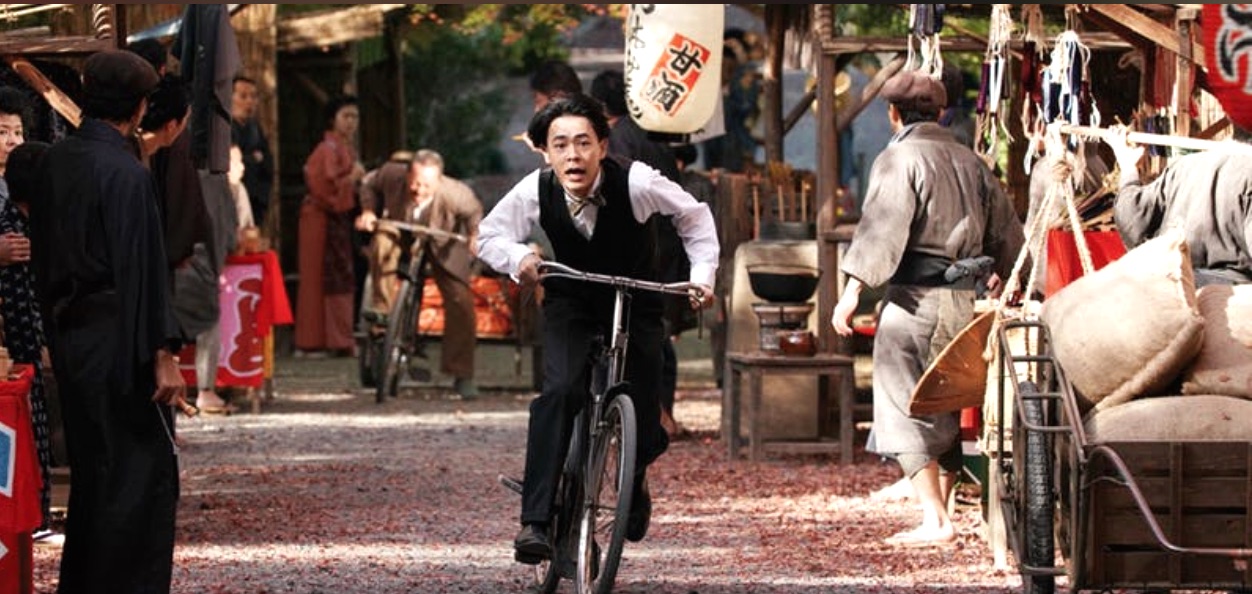
- Film
New Asian Cinema: Talking The Pictures (Katsuben), Japan
The HFPA’s Ting Ting Xu examines Asian film trends through standout films and the authors behind them.
Japan is the world’s third-largest box office market after North America and China. A total of 15 Japanese films have been nominated for the Golden Globe Award for Best Foreign Language Film. Japan has also won the Academy Award for the Best Foreign Language Film four times – more than any other Asian country.
Japanese cinema has had a profound impact on Western filmmakers. George Lucas’s Star Wars franchise was influenced by Japanese film legend Akira Kurosawa’s works Seven Samurai and The Hidden Fortress. In the making of Avatar, James Cameron found his inspiration from Princess Mononoke, directed by Japanese animation’s leading figure Hayao Miyazaki. Additionally, the Japanese horror film genre has had considerable influence on its American counterpart, which has led to a stream of American remakes of Japanese originals, such as The Ring and Japan’s long-lasting fascination with cinema can be traced back to the year 1897, when the first Lumière Brothers’ Cinematograph was presented there. During the silent film period, theaters in Japan hired narrators called “benshi” or “katsuben” to sit next to the screen and narrate films to the audience, sometimes also acting out various roles as they explained the story. Japanese director Masayuki Suo’s new film Talking the Pictures is set in the world of the benshi, taking the audience back to the era before the invention of sound put the benshi out of business.
Celebrating the vanished era of Japan’s silent films with a touch of nostalgia, follows a young man, Shuntaro, whose childhood dream was to become a successful benshi. His friend, Umeko, wanted to be an actress, and the two would sneak into movie theatres and marvel at the silent films narrated by Yamamoka – the best benshi in town.
Ten years later, Shuntaro and Umeko meet each other again. Shuntaro has become a gang member who distracts villagers by doing an impromptu performance while the other gang members rob their houses. His idol Yamamoka now has fallen to the B-list, to be replaced by the younger benshi star, Motegi, whose girlfriend, it turns out, is the grown-up Umeko. When the head of Shuntaro’s gang gets arrested by local police, Shuntaro escapes to a theater, where he gets a chance to show his skills as a benshi. The audience loves his eloquence and charming personality. When Shuntaro’s stardom takes off, his rising fame triggers Motegi’s envy. As the plot unfolds, Shuntaro finds himself challenged by Motegi’s rivalry
Director Masayuki Suo started his career in the “pink film” genre of Japanese erotic cinema. Once he was established in the profession, his mainstream romantic comedy Shall We Dance? (1996) won fourteen awards at the Japanese Academy Awards including Best Actor, Best Actress, Best Director, and Best Film. It was the highest-grossing Asian movie released in America in the late 90s, and also inspired the 2004 American remake starring Richard Gere, Jennifer Lopez, and Susan Sarandon. After Shall We Dance? Suo did not direct any films for ten years. Then he helmed two legal drama features I Just Didn’t Do It (2006) and A Terminal Trust (2012), before returning to comedy with Lady Maiko (2014).
In For his performance in this film, Ryo Narita won Best Actor at the 74th Mainichi Film Awards.